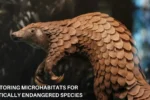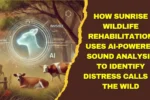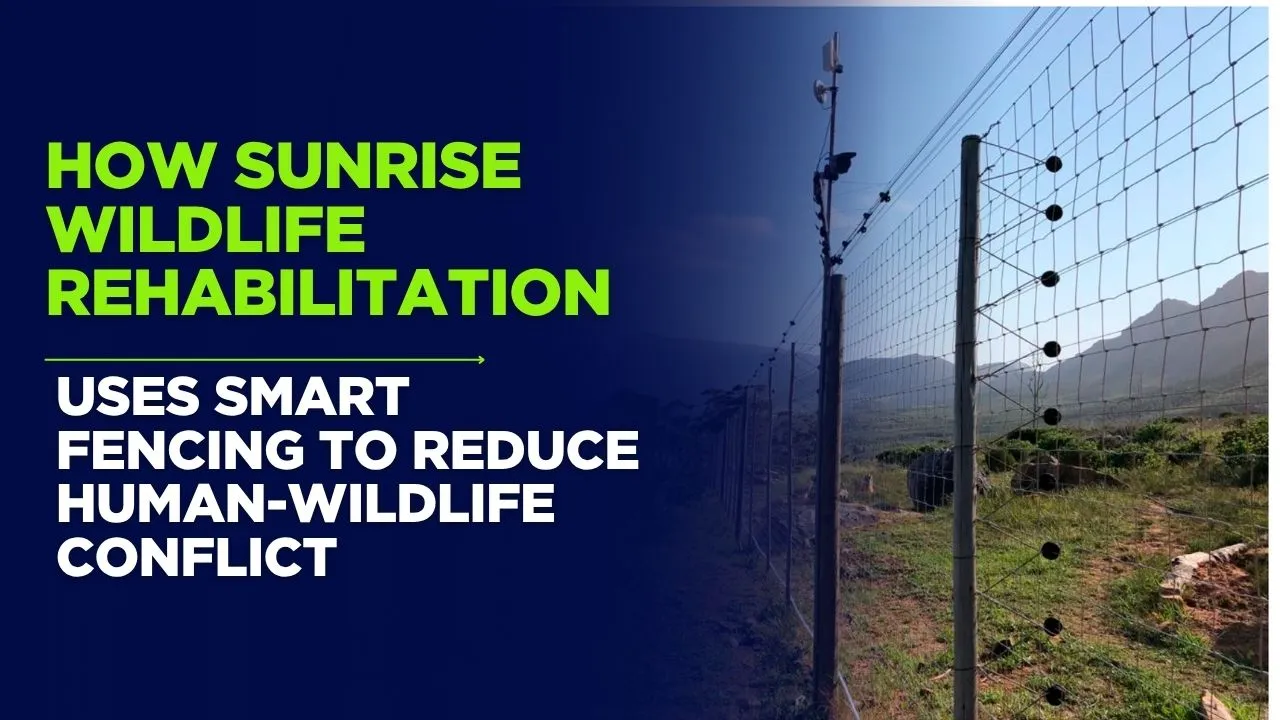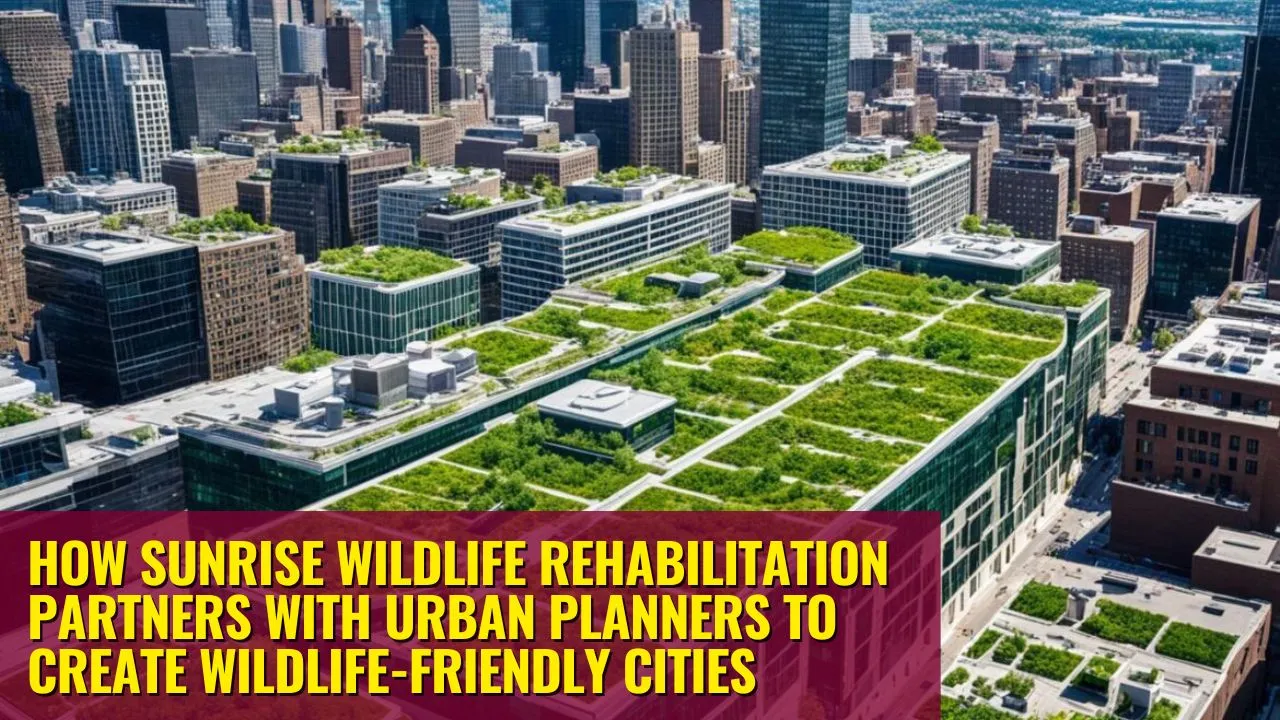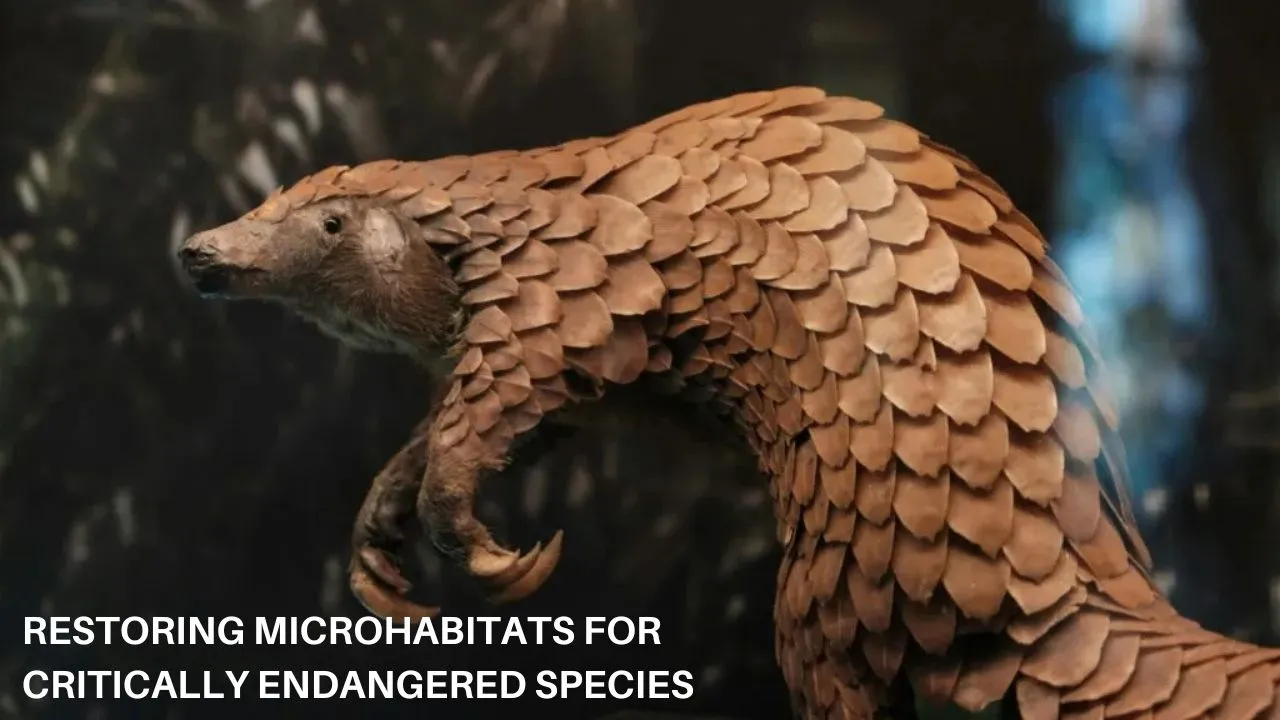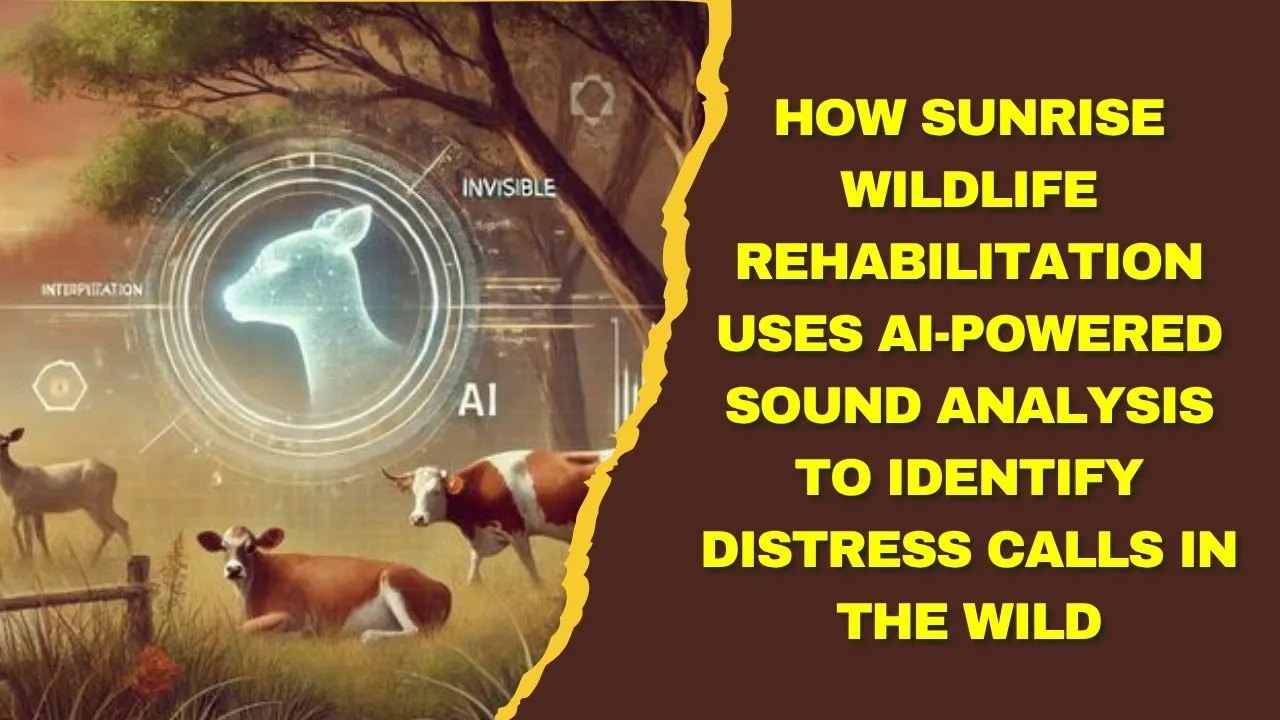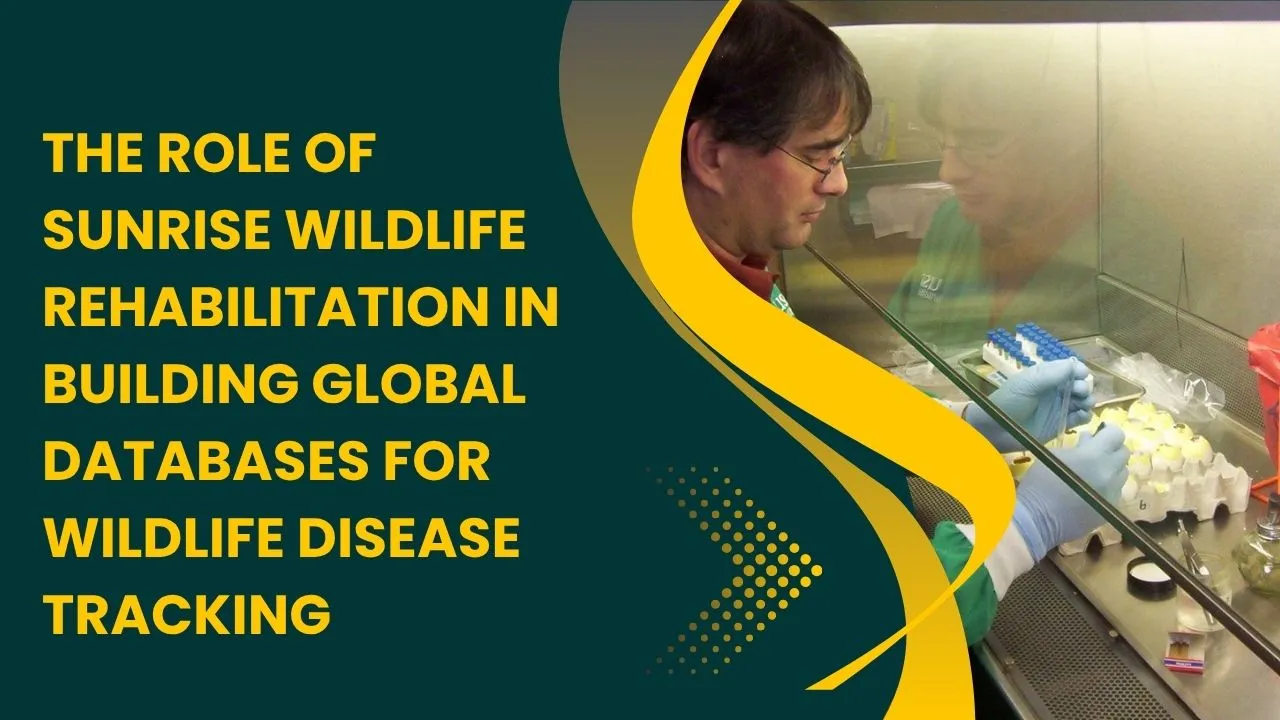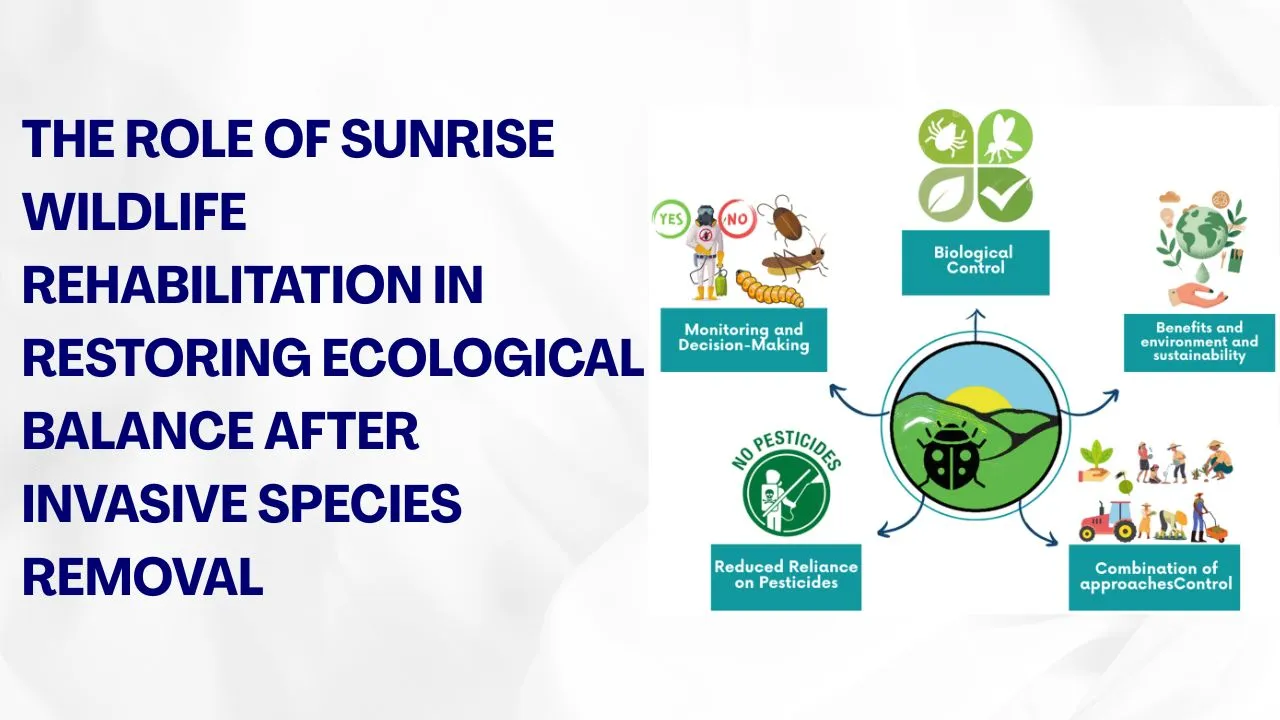Sunrise Wildlife Rehabilitation has built a strong reputation for going beyond standard animal rescue practices by creating specialized release zones designed for each species’ unique requirements. Instead of a “one-size-fits-all” approach, the center focuses on crafting habitats that mirror the wild environments animals need to survive and thrive. This method not only boosts survival rates but also protects the integrity of local ecosystems.
In this article, we’ll explore how Sunrise Wildlife Rehabilitation identifies, designs, and manages these habitats. You’ll see why species-specific needs matter, how technology plays a role, and the real-world impact of this approach on wildlife conservation.
Sunrise Wildlife Rehabilitation: A Focus on Purpose-Built Habitats
At Sunrise Wildlife Rehabilitation, every animal’s release is planned with precision. The organization studies the natural patterns, behaviors, and seasonal needs of each species before choosing a location. Whether it’s providing forest canopies for squirrels, wetlands for waterfowl, or grasslands for raptors, each site is handpicked and adapted to match the species’ original habitat. This commitment to habitat restoration ensures the animals don’t just survive—they integrate seamlessly into the environment, sustaining the ecological balance and supporting biodiversity in the long term.
Understanding Specialized Release Zones
Specialized release zones are carefully selected areas designed to match the needs of a particular species. This isn’t about simply releasing animals into the nearest wild area; it’s about finding the right food sources, shelter, climate, and safety from predators. Sunrise Wildlife Rehabilitation’s team performs detailed surveys to ensure every factor supports the animal’s life after release.
These zones can vary greatly—some might be dense woodlands rich in tree cavities, others wetlands teeming with aquatic life. Each zone is chosen based on post-release monitoring data, allowing the team to refine their strategies over time.
Why Species-Specific Needs Matter
Wild animals are adapted to certain habitats through generations of evolution. A hawk that hunts in open fields would be disadvantaged in dense forests, while a turtle adapted to slow-moving rivers wouldn’t survive in fast, rocky streams. Ignoring these details can lead to high mortality rates and wasted rehabilitation efforts.
Sunrise Wildlife Rehabilitation avoids this by identifying the exact habitat requirements—nesting preferences, diet, seasonal movements—and ensuring the chosen release site matches them as closely as possible. This precision is vital for both wildlife survival and the health of surrounding ecosystems.
Steps Sunrise Takes to Create the Zones
Creating these specialized habitats is a multi-step process:
- Extensive Field Research – Teams assess land areas for resources, vegetation types, water access, and shelter availability.
- Habitat Matching – The animal’s original environment is used as a blueprint to find a near-identical release site.
- Pre-Release Conditioning – Animals are gradually exposed to environmental conditions similar to the target release zone.
- Release and Tracking – Once released, animals are tracked via GPS collars, trail cameras, or direct observation.
- Ongoing Adjustments – Data from post-release monitoring is used to fine-tune future release strategies.
This process ensures each release is backed by science, not guesswork.
Benefits of This Approach
The benefits of species-specific habitats extend beyond individual animals:
- Higher Survival Rates – Matching habitats to natural needs drastically increases chances of adaptation.
- Stronger Ecosystem Health – Releasing species into correct environments keeps predator-prey relationships in balance.
- Long-Term Conservation Gains – Healthy wildlife populations contribute to sustainable biodiversity.
- Reduced Human-Wildlife Conflict – Animals released into optimal zones are less likely to wander into human settlements.
These outcomes make the investment in specialized zones worthwhile for both conservationists and local communities.
Common Challenges
Even with this proven method, there are hurdles:
- Limited Suitable Land – Some species require habitats that are shrinking due to urban development.
- Environmental Changes – Climate shifts can alter a zone’s suitability over time.
- Funding Needs – Research, habitat preparation, and monitoring require significant resources.
- Human Encroachment – Development and recreational use can disturb release areas.
Despite these challenges, Sunrise Wildlife Rehabilitation continues to adapt and seek partnerships to secure viable release sites.
Real-Life Success Stories
One notable success was the release of rehabilitated barn owls into a grassland area rich in small mammals. Post-release tracking showed the owls hunting successfully and raising chicks within a few months.
Another case involved river otters released into a carefully chosen section of a river with ample fish and safe denning spots. These otters quickly integrated into the local population, strengthening the area’s aquatic ecosystem.
Such stories highlight the importance of specialized habitats in ensuring successful wildlife rehabilitation.
Two Key Elements for Effective Release Zones
- Accurate Habitat Matching – Choosing release sites that closely resemble the animal’s original environment is essential.
- Continuous Monitoring – Tracking released animals ensures they adapt successfully and allows interventions if needed.
These two principles are the foundation of Sunrise’s high survival rates.
Role of the Community
Community involvement is vital. Landowners often allow their properties to become part of a release zone, while schools and nature groups assist with monitoring. Volunteers help report sightings and provide data that supports ongoing research. This cooperation not only aids wildlife but also builds public awareness and support for conservation.
How Technology Supports the Process
Modern tools make it easier to manage and evaluate releases. GPS trackers, drones, and motion-sensitive cameras provide real-time insights without disturbing the animals. The resulting data reveals movement patterns, food sources, and survival rates, helping Sunrise Wildlife Rehabilitation continuously improve its methods.
FAQs
Q1: What is the main mission of Sunrise Wildlife Rehabilitation?
Their mission is to rescue, rehabilitate, and release wild animals into habitats that meet their specific needs.
Q2: How do they decide where to release an animal?
They use detailed research and habitat assessments to match the release zone with the species’ natural environment.
Q3: Are release zones open to the public?
Generally no, to prevent stress or disruption to the animals adapting to their new environment.
Q4: Does Sunrise work with endangered species?
Yes, in collaboration with other conservation groups, they sometimes rehabilitate and release endangered species into protected areas.
Q5: How can people support this work?
Through donations, volunteering, or by allowing part of their land to be used as a release site.
Final Thought
By creating specialized release zones tailored to each species, Sunrise Wildlife Rehabilitation ensures that rehabilitated animals have the best possible start in the wild. This method strengthens ecosystems, protects biodiversity, and fosters a deeper connection between people and wildlife. The results speak for themselves—thriving animals, healthier habitats, and a model of conservation that others can follow. Supporting organizations like Sunrise is a direct way to invest in a future where wildlife and humans coexist in balance.



